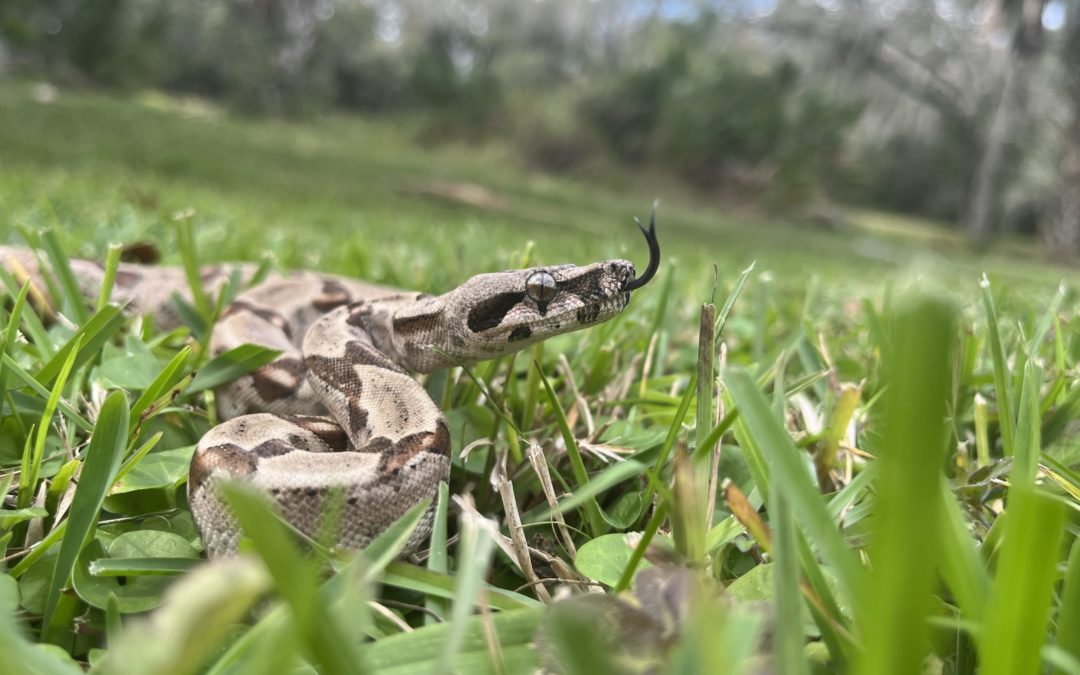
Boa Constrictors
Boa constrictors are one of the largest snakes you can own as a pet. Depending on the subspecies, these massive snakes can grow anywhere from 7 to 13 feet, and can live up to 30 years. Native to Central and South America, these heavy bodied reptiles kill their prey by constriction, hence their name. Unlike many boas, Boa constrictor does not posses heat pits used for locating prey through thermal vision.
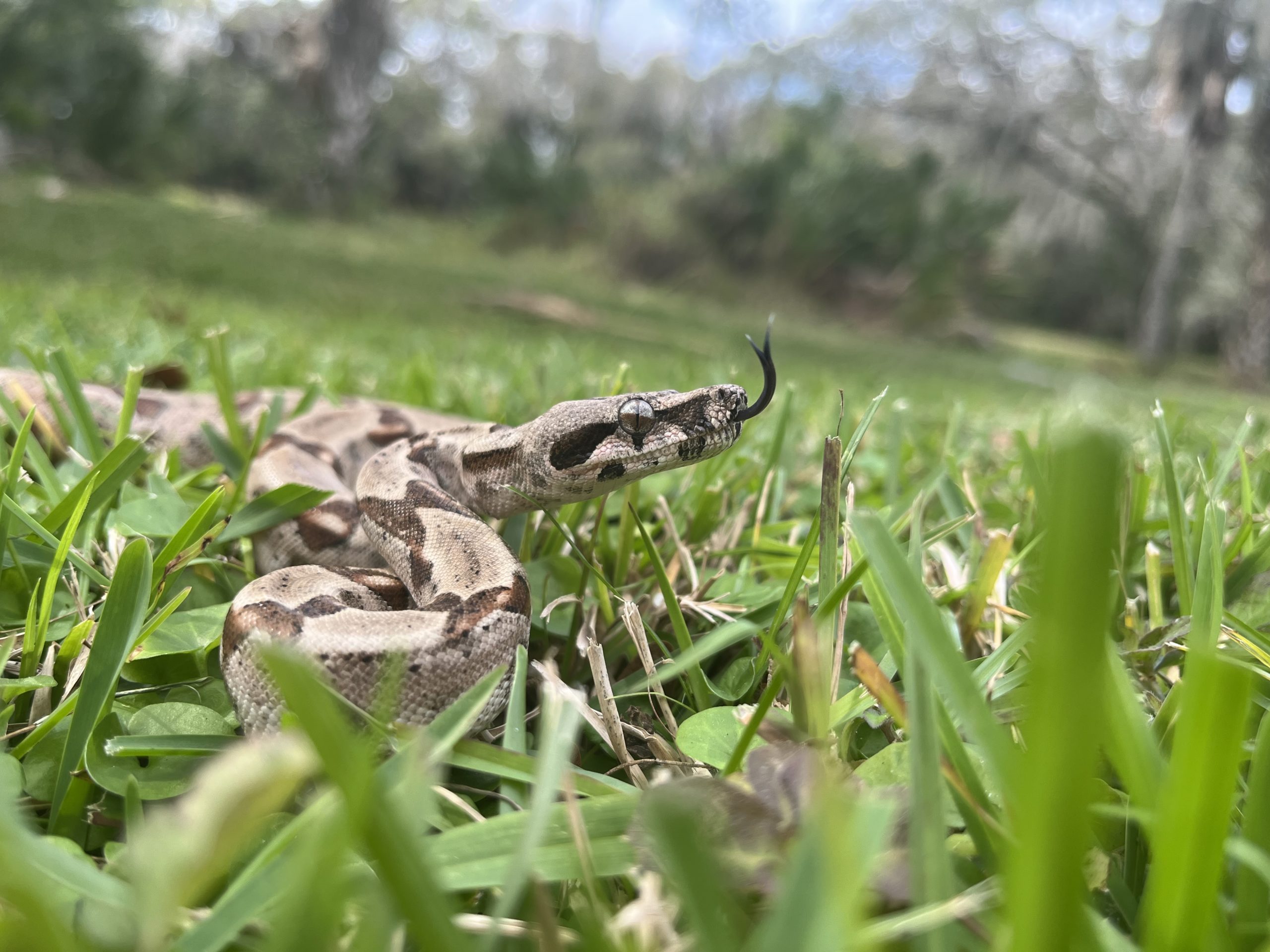
There are around 8 subspecies of Boa constrictor, with the most well known being Boa constrictor constrictor (BCC),or Redtail Boa, and the most commonly seen in captivity being Boa constrictor imperator (BCI), or Central American Boa. Boa constrictors are unique as they don’t lay eggs. Instead they give live birth to anywhere from 10 to 50 babies at a time. The babies will be around 1 to 2 feet at birth, but they tend to grow very quickly. As soon as a Boa is born, it is fully developed and ready to fend for itself. These snakes always seem to be hungry, and in the wild they feed on rodents, birds, and exceptionally large ones can even take small crocodilians such as caimans. Boa constrictors are good pets if you have experience keeping snakes, but I wouldn’t recommend getting one as your first snake, due to their large size and habitat requirements.
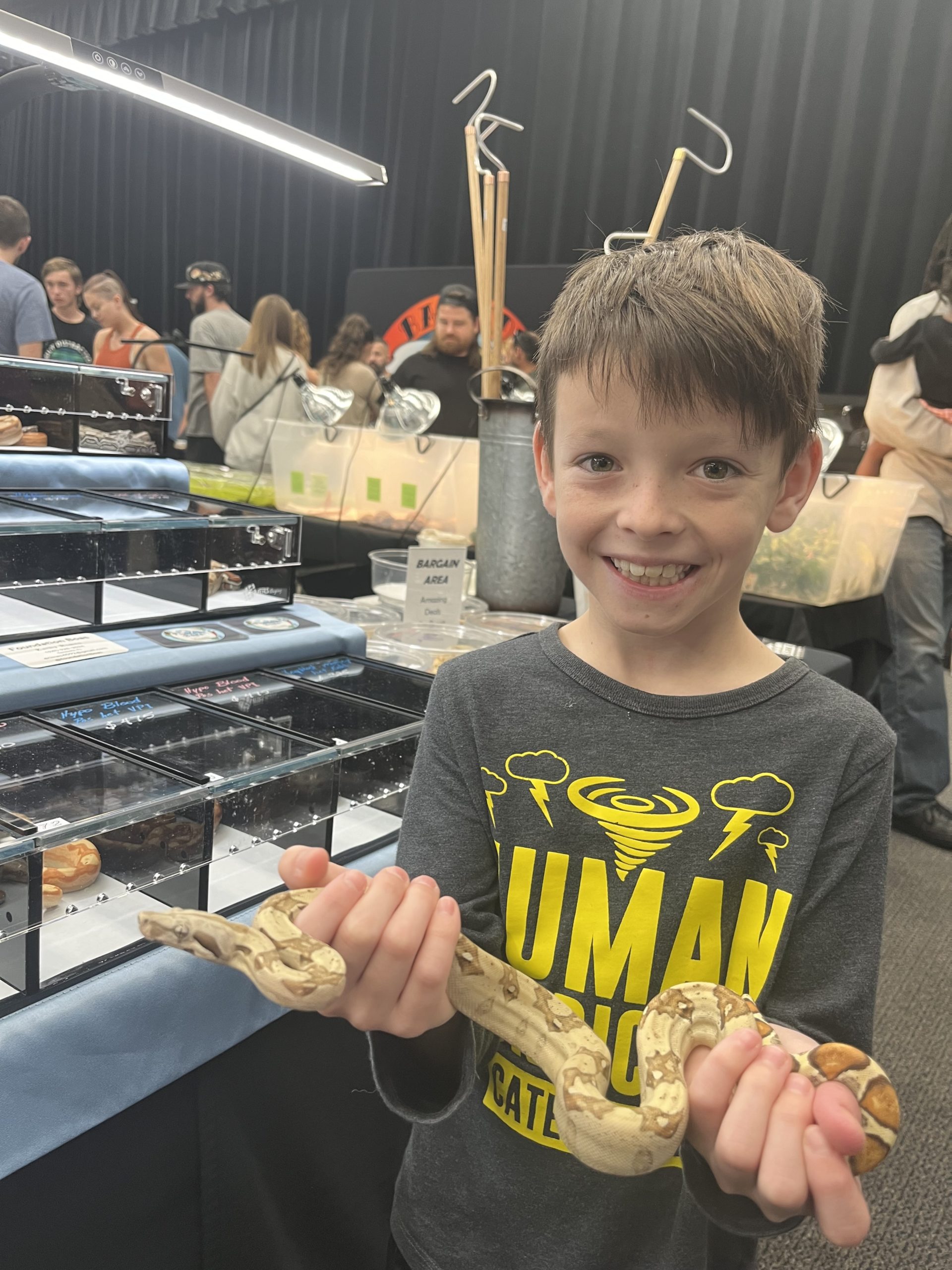
These snakes are usually docile, but they do have teeth and can bite, so that’s something you are going to want to be careful of, especially if you have a larger snake. They are non-venomous, but it still wouldn’t be fun to get bit. When threatened, Boa constrictors have a tendency to hiss very loudly, as to warn you that it does not want to be messed with. It is usually best to heed this warning, or you are very likely to take a bite. Overall, I think Boa constrictors are a fantastic part of creation, and I hope you do too!
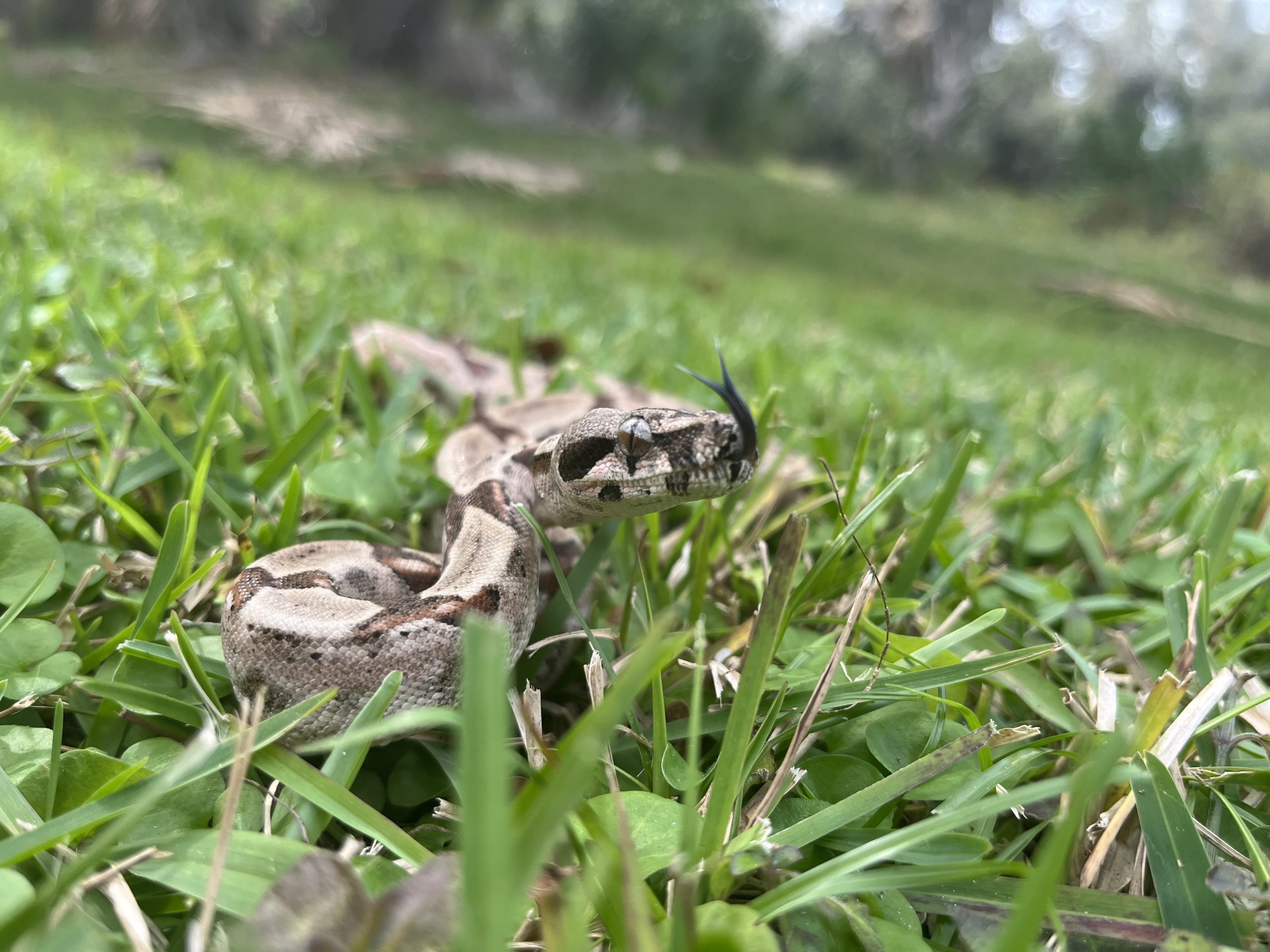
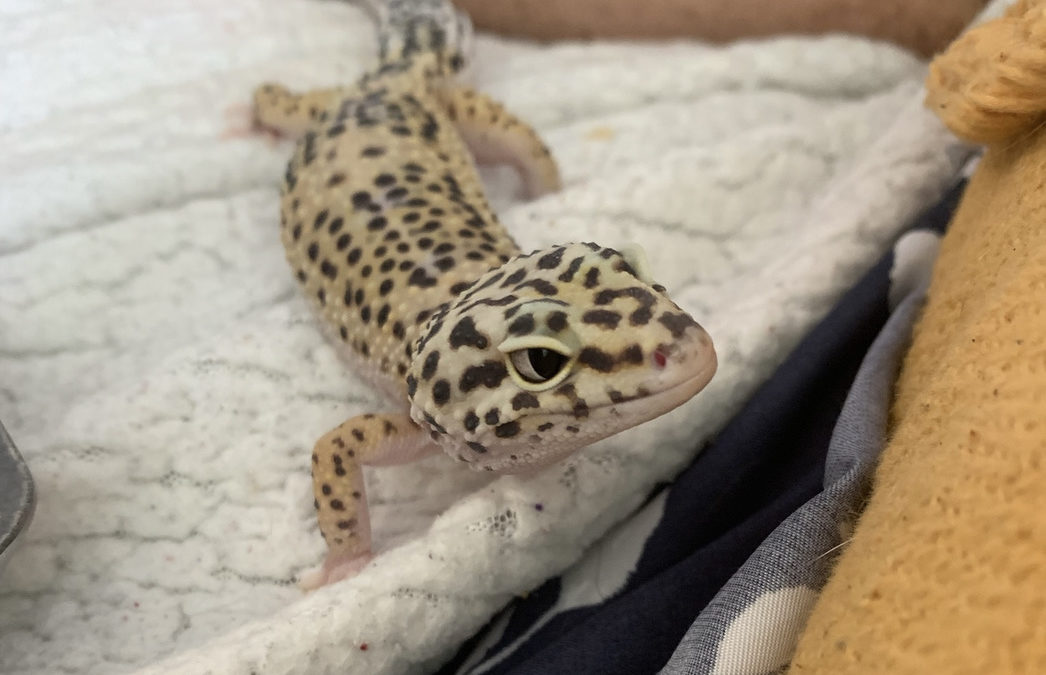
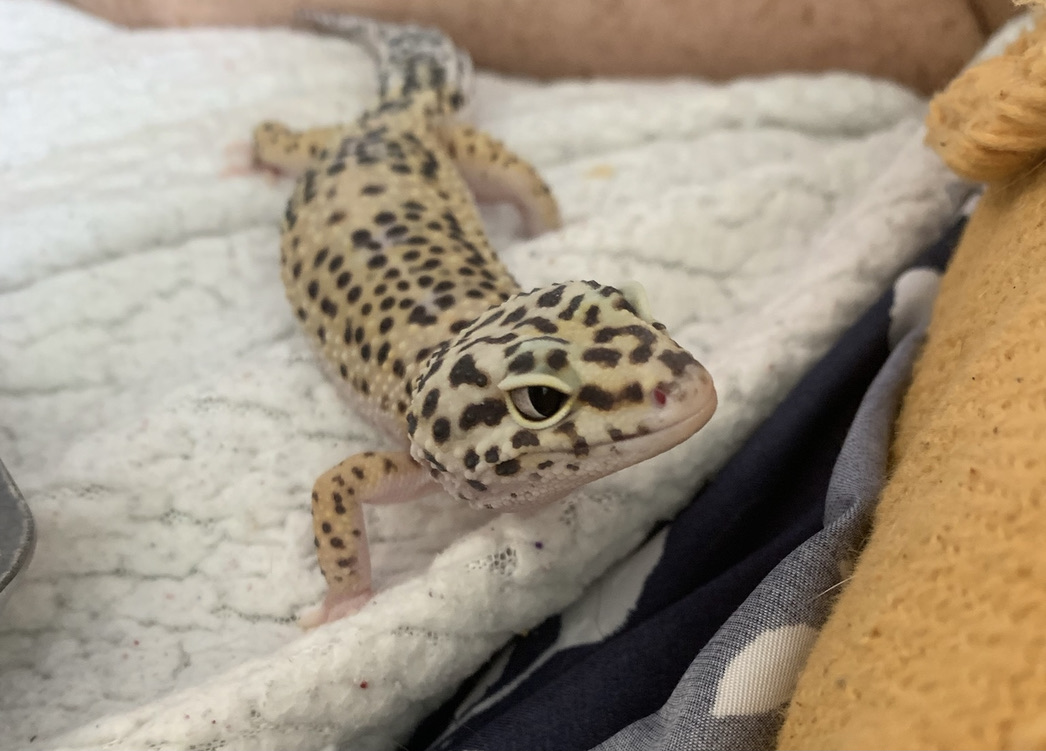
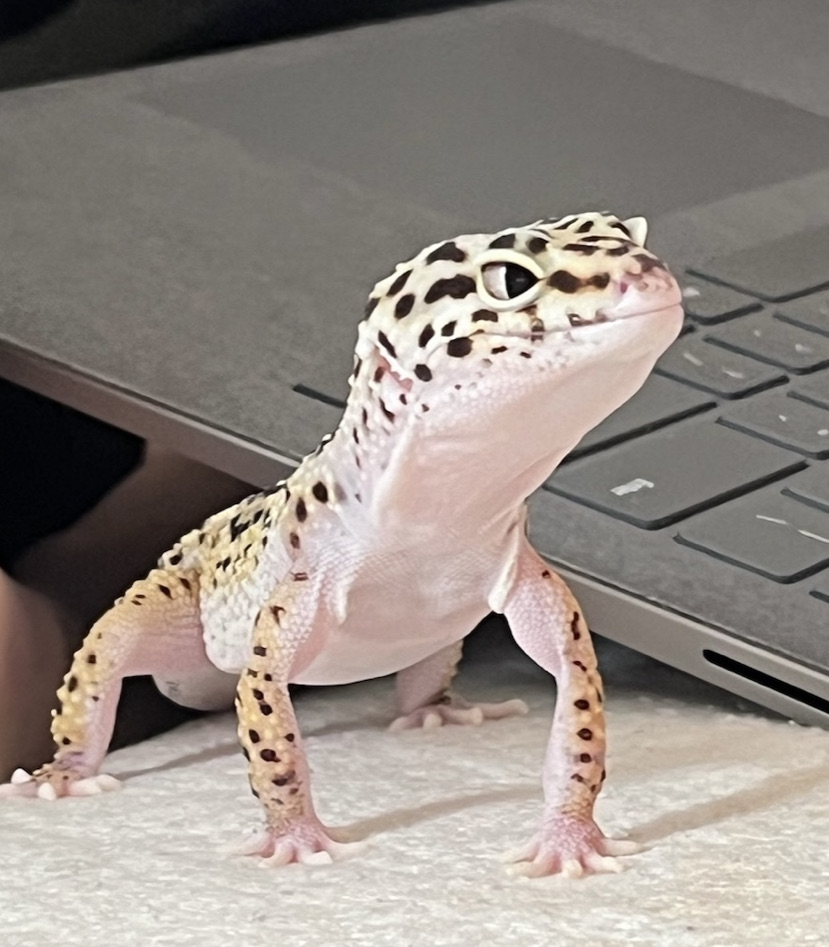
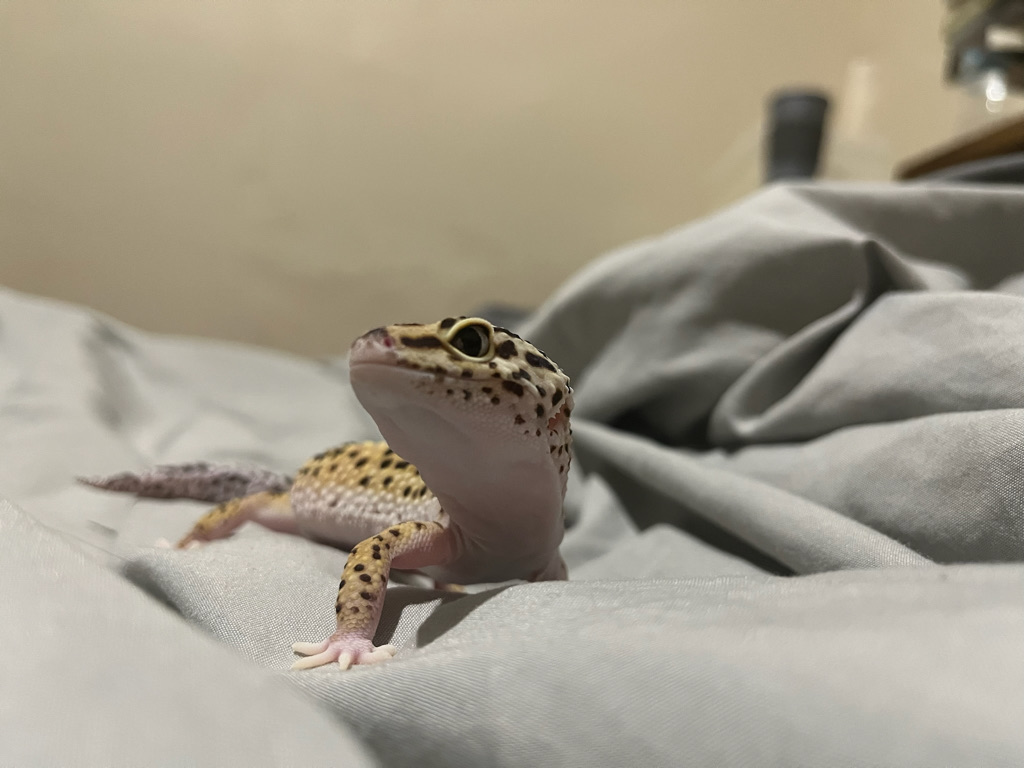
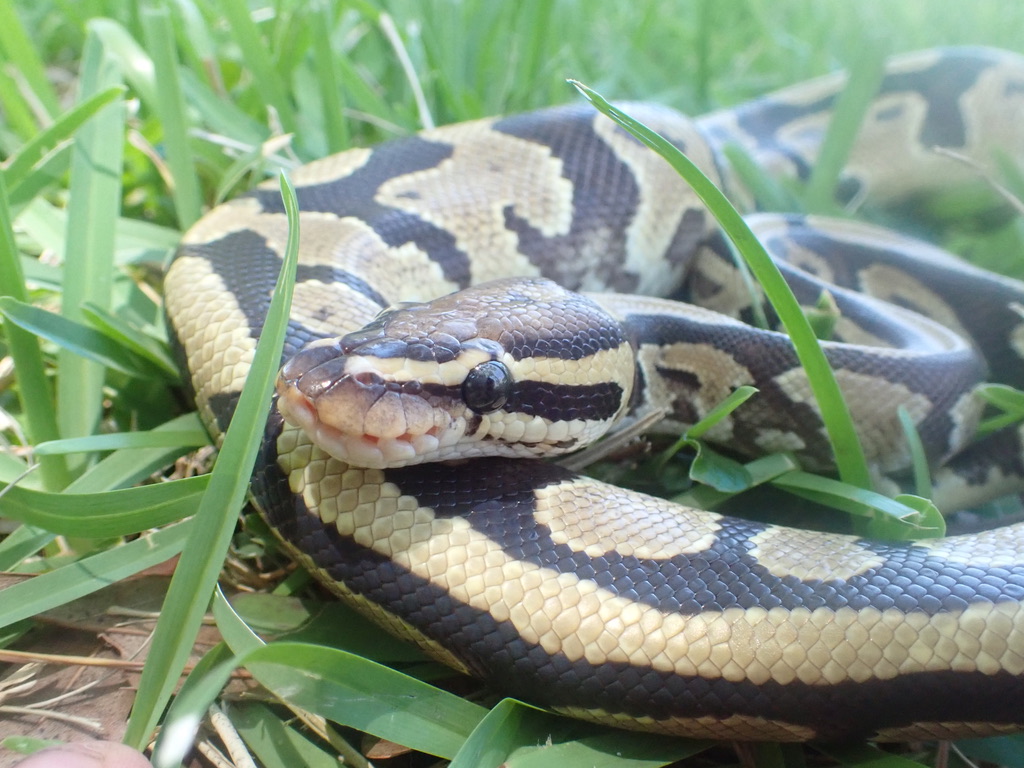
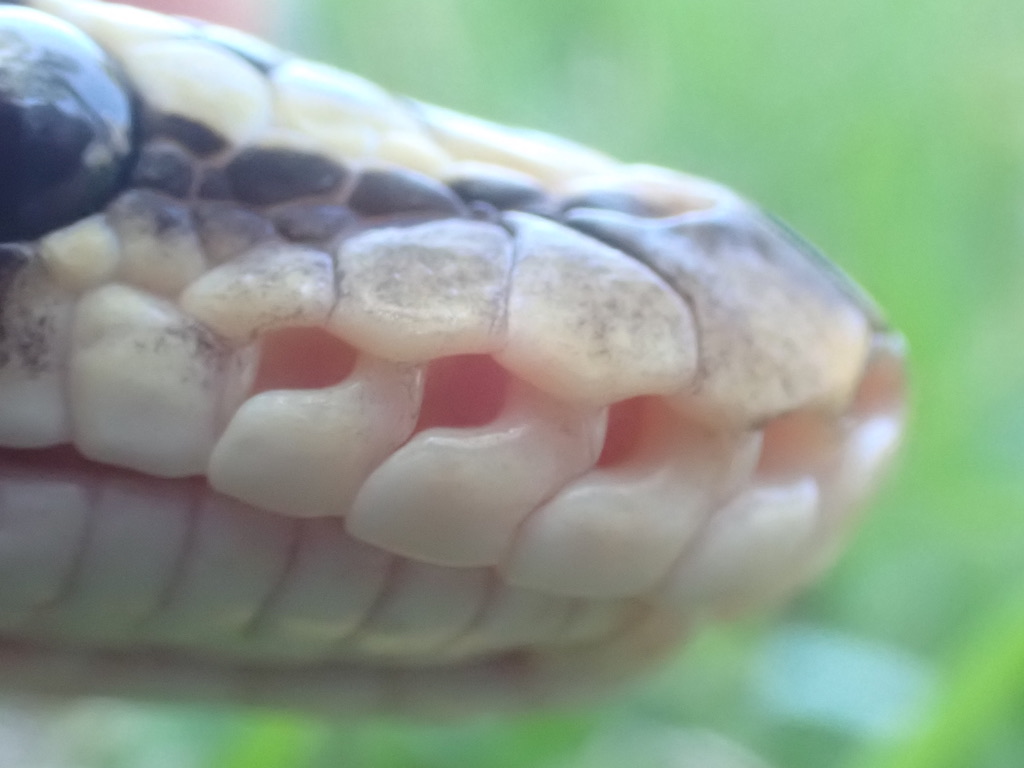
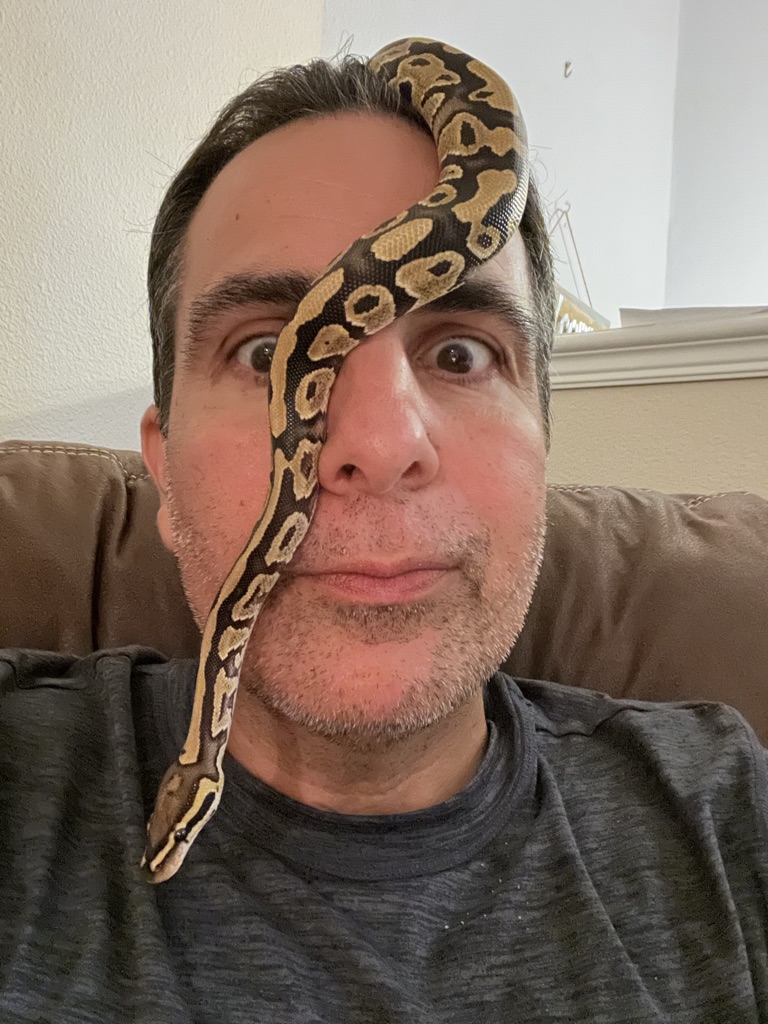
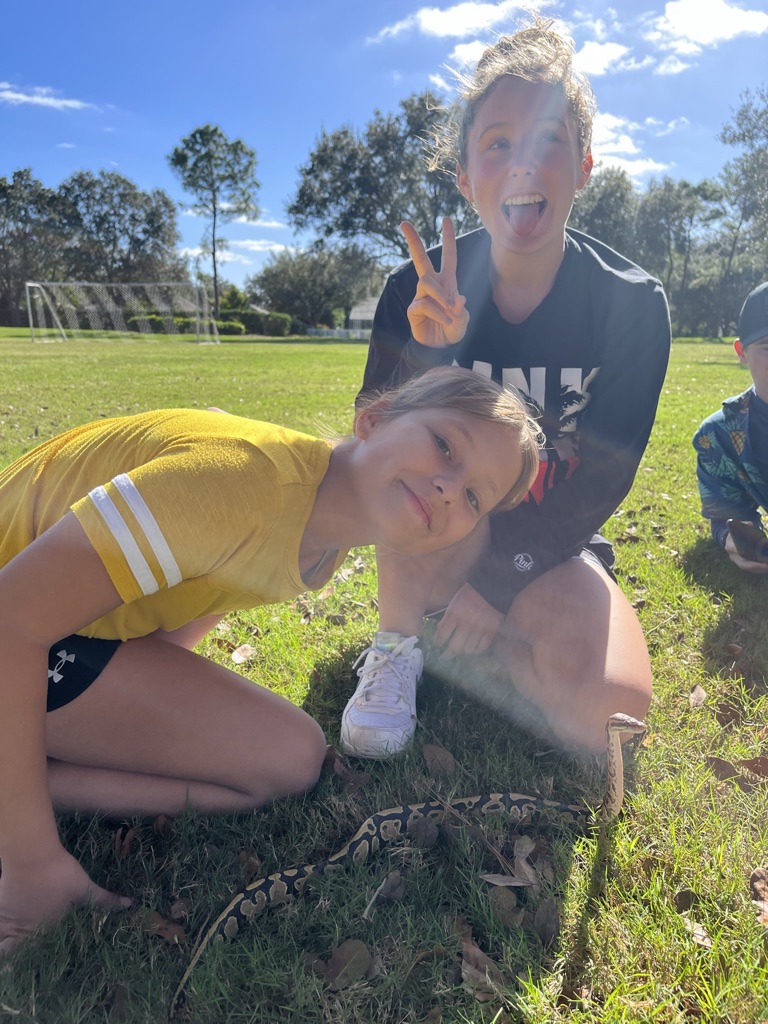
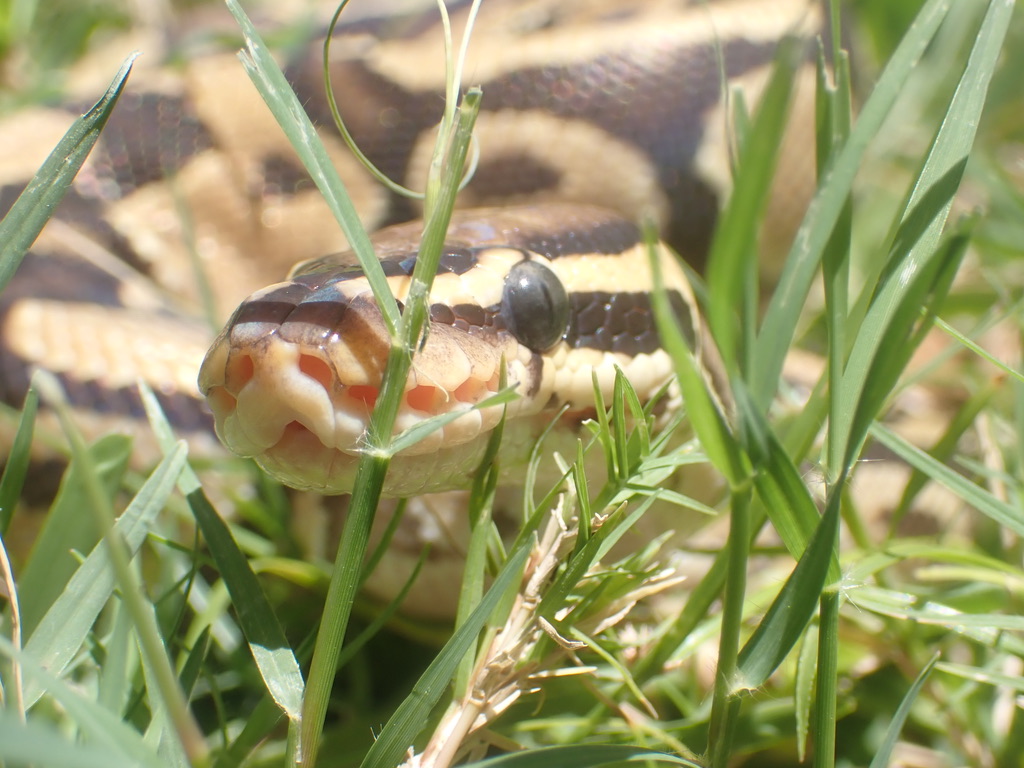
Recent Comments